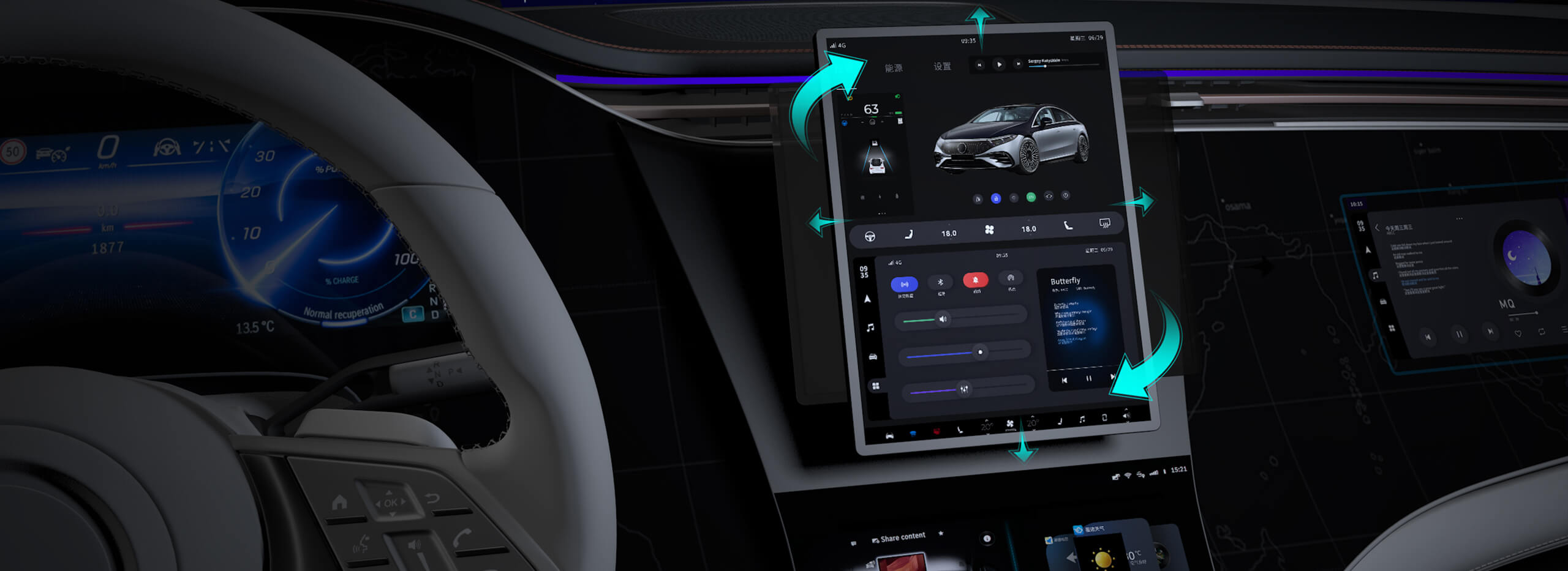Thinking about diving into microservices? You're not alone. It’s like the tech world's version of upgrading from a sedan to a sports car—knowing that breaking things down into smaller, manageable pieces can turbocharge your system’s flexibility and scalability. But let’s be real—this isn’t just a shiny new toy. It’s a shift in how things get done, a whole new way of thinking about building and maintaining software.

When you start exploring the topic of microservices, you'll discover it's not just about splitting monoliths into little pieces; it's about designing those pieces to work independently, yet harmoniously. Imagine each microservice as a tiny engine, powering a specific part of your application. One handles user authentication, another manages payments, while yet another focuses on notifications. They're like a well-orchestrated rock band—you want each instrument to shine on its own but also come together seamlessly.
So, where do you begin? Grabbing a good foundation is key. Topics like service decomposition—knowing when to split and how to keep things from going haywire—are crucial. Plus, understanding API design becomes second nature because that's how these microservices talk to each other. Think of APIs as the language, the handshake between tiny engines.
But is microservices right for every project? Well, if you’ve got a growing app facing scalability issues, it might just be your best friend. Want rapid deployment? Microservices support that. Tackle different parts of your application independently, and updates become smoother, less risky. Still, it’s not all roses—think about the added complexity, the need for vigilant monitoring, and the breakdown of traditional testing. It’s a whole new ball game.
People often ask, “Is switching to microservices worth it?” The answer depends on your goals. If you’re looking for agility and resilience, it’s a game-changer. But if your system is small and simple, the overhead might outweigh the benefits. Sometimes, starting small with a specific module and gradually expanding makes sense.
A common misconception? That microservices are a magic solution. They’re not. They require a thoughtful approach, good practices, and folks who know the terrain. You’ll want to learn about containerization, orchestration, and DevOps practices—these are the tools that make microservices actually work in the real world.
What really makes this topic stand out? The way microservices muscle into areas where traditional monoliths falter—think about deploying features faster, handling traffic spikes effortlessly, or even customizing user experiences without affecting the whole system. It’s like having a modular wardrobe—you can switch out a shirt without disturbing the entire closet.
By exploring this topic thoroughly, you’re opening up doors to smarter, more agile systems. It’s an investment in understanding how modern software architecture evolves. And honestly? It’s pretty exciting to see how these tiny engines can power your entire digital ecosystem.
Established in 2005, Kpower has been dedicated to a professional compact motion unit manufacturer, headquartered in Dongguan, Guangdong Province, China. Leveraging innovations in modular drive technology, Kpower integrates high-performance motors, precision reducers, and multi-protocol control systems to provide efficient and customized smart drive system solutions. Kpower has delivered professional drive system solutions to over 500 enterprise clients globally with products covering various fields such as Smart Home Systems, Automatic Electronics, Robotics, Precision Agriculture, Drones, and Industrial Automation.




































